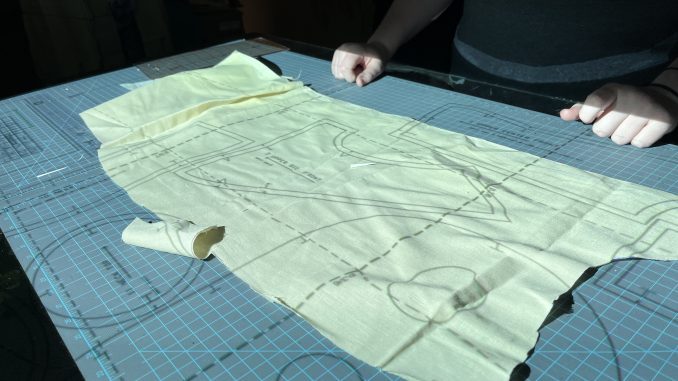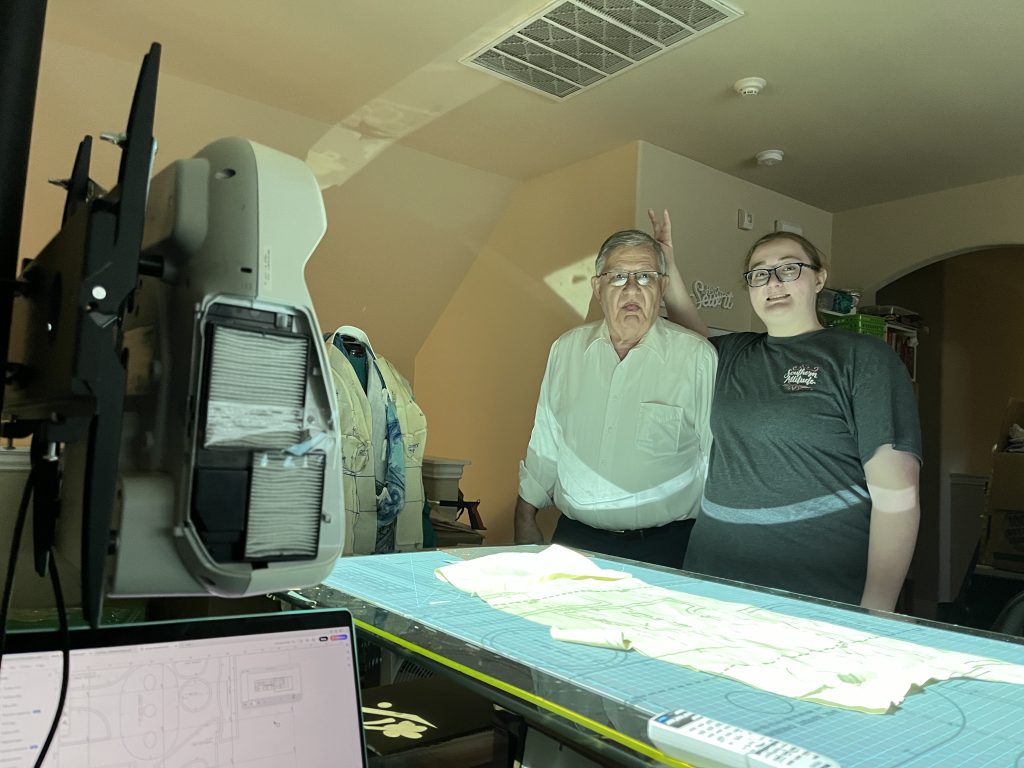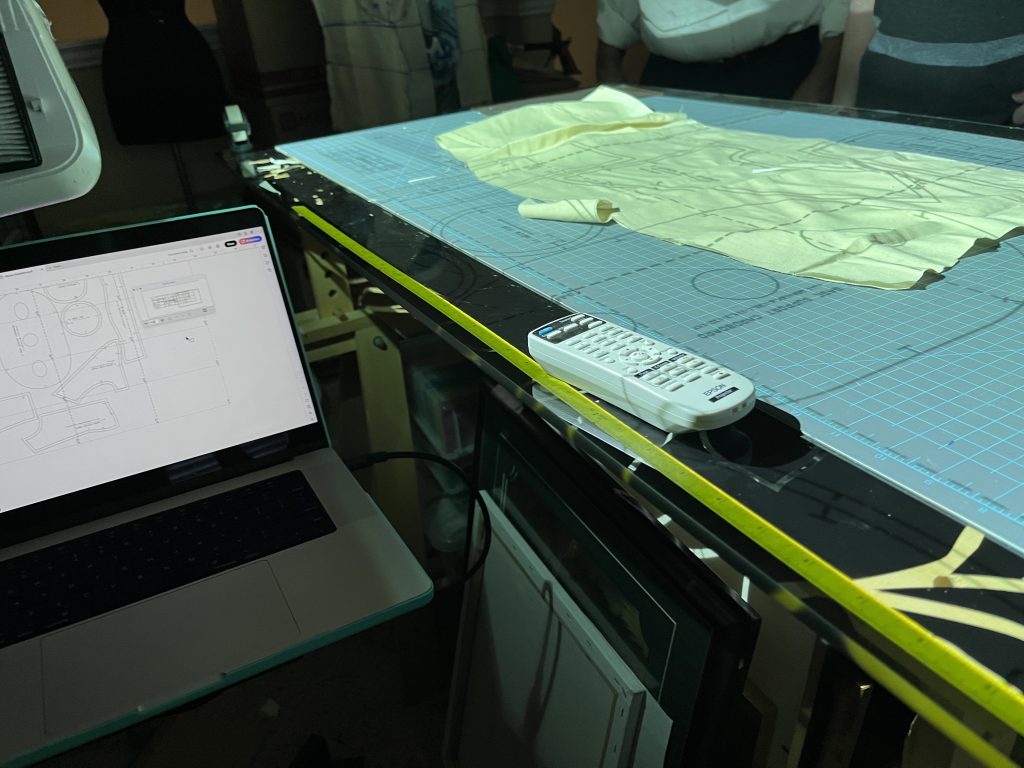
Curiosity sparks questions. Asking questions is how we explore the world around us. Feed this curiosity through active learning. Never miss the opportunity to ask questions or seek the answers. Be the teacher when asked questions, and share your knowledge and passion with others.
Today, my niece, Katlynn, asked about the Singer Ditto. Few people know or care about this product. Curiosity is driven by the display in a JoAnn fabric store but is followed by distaste (or disbelief) at the price point.
I ran with that question…
To preface this, I am not an affiliate for either entity – Ditto or JoAnn. I do not receive payment or cutbacks for my comments here or below. These are my opinions alone and I reserve the right to change them any time. That is the beauty of learning from experiences, it increases the knowledge from which we can further develop or revise opinions.
My curiosity about Ditto and preliminary opinion
I would be remiss if I did not preface the rest of this post with my preliminary opinion of the Singer Ditto. It is in theory a great product working off of a great idea. However, it is a poor execution of the pattern projection concept, in my opinion, especially at the current suggested retail price point – $800. That does not include the recurring monthly membership to the pattern catalog.
Pattern projection is the way to go if you favor smaller pattern companies or independent pattern designers. Why?
It is no secret that assembling print-at-home PDF patterns sucks. No one loves sitting down with that stack of 100+ pages of letter-sized papers and a roll of tape (or glue stick) to put them all back together to make big sheets of paper. Unfortunately, local printers capable of printing these large-format pages are hit-or-miss at best. This forces most to use the home printer to print and reassemble the pages.
This is where Singer Ditto can fill a gap or void. It will not because it is priced outside what people are comfortable paying. Currently, for the sewing population at large pattern projection is an unknown factor – an experiment at best.
Problems with PDF Patterns
With the current PDF pattern printing and assembly method, one problem is that there are inconsistencies between home printers and their ability to print the pages properly. Every pattern should have a 1-inch calibration square on it and trust me you should always check that it prints 1-inch – every single time. Even when you set it to print at “full size” or 100% scale, some printers by default do scale smaller due to their printing limitations for margins and other things. You must adjust the scaling accordingly to get that square a perfect 1-inch measurement. This can introduce inaccuracies in the final pattern being used.
Also, this reassembly method can introduce further inconsistencies in where the pages are folded (or cut) and how they are taped (or glued) back together even if you have a precision printer. No one can fold precisely on the line every single time or place it exactly where it lines up with the adjoining page. This will introduce inaccuracies in the final pattern being used. A 1/16-inch variance may seem insignificant, but multiply this across 4 seams (front, back, and two sides) and the results are 1/4-inch more (or less) than anticipated.
My Projector Curiosity
You can read about my original projector purchase on my business website at Stacey Sansom Designs. The posts Projectors in the Sewing Studio and More Projectors in the Sewing Studio talk about my initial decision, purchase, and attempts at calibrating a projector for pattern cutting. Please note that this is not the projector you will see in the pictures below or currently used because it needs a mirror to extend my available throw distance. We have not gotten around to the perfect solution for my studio yet, however, it is my favored projector for image quality.

We wandered upstairs to my sewing room. I had just mounted my projector onto a rolling TV stand so it was accessible. Some things are best shown rather than verbally explained. Katlynn is super excited to learn about something she was curious about even if it is not the answer she wanted me to give her. She was happy to see how the product worked even if it was not the exact one she asked about.
I think my answer is better because it is honest. You can enter the pattern projection world cheaper than the $800 price point and get a larger projection with more possibilities.

My current projector setup
This projector is the Epson 575Wi ultra-short throw projector. These projectors (model numbers vary) are commonly used for pattern projection because they create a large and reasonably clear image with a very short distance from the lens to the projection surface (the table in this use case).
From the images, you can see that it creates an image larger than the size of my tabletop (roughly 59″x31″). This is perfect in my opinion. The ideal projection is the size of your cutting area.
Please note: This projection is for demonstration purposes only. The projector is not level on the TV cart after recent installation so this was a rough calibration understanding that it is off in one direction.

The primary problem, in my opinion, with pattern projection is that the text is difficult to read on the projection. This is largely an oversite on the part of pattern makers. In a typical PowerPoint slide projection, the font size must be above a certain point size for readability. This is no different for pattern projections. Most patterns use tiny font sizes (comparatively speaking) on them. This is blurry when projected.
Please note: This pattern was not ordered for projection. This is the Bootstrap Fashions Customized Dressform pattern. You can see my current mock-up in the background of one of the images. I am adjusting it for slight size changes since purchasing the pattern.
Sharing is Feeding Curiosity
When we share our knowledge with others who ask questions we feed their curiosity. This could raise additional questions for them. If they have questions we cannot answer, this helps us explore deeper. It is a cycle. Learning is cyclical and never-ending. Lifelong learning is key to preventing stagnancy in life, especially in our careers or professions. It helps us stay current and relevant.




Be the first to comment